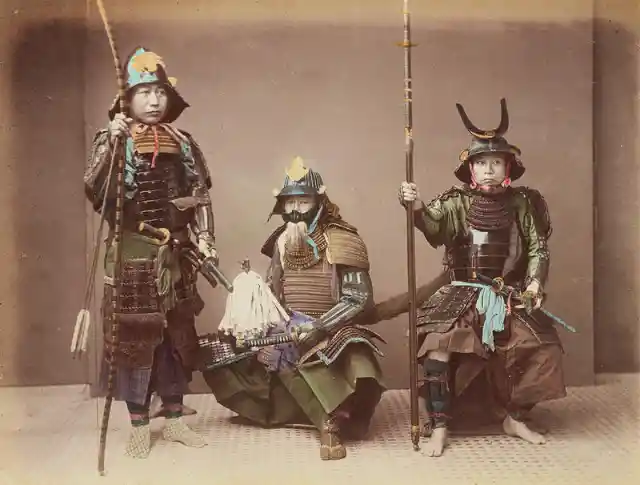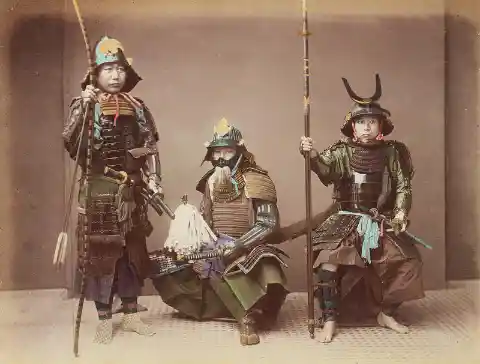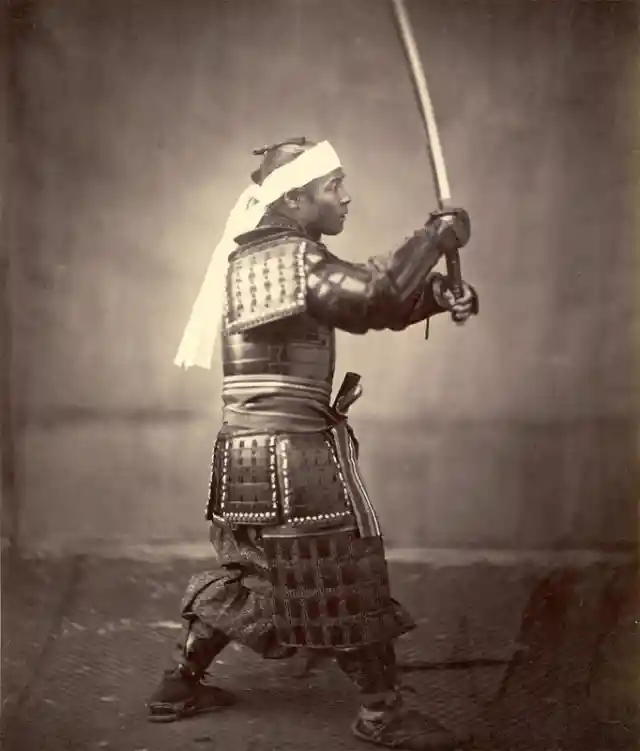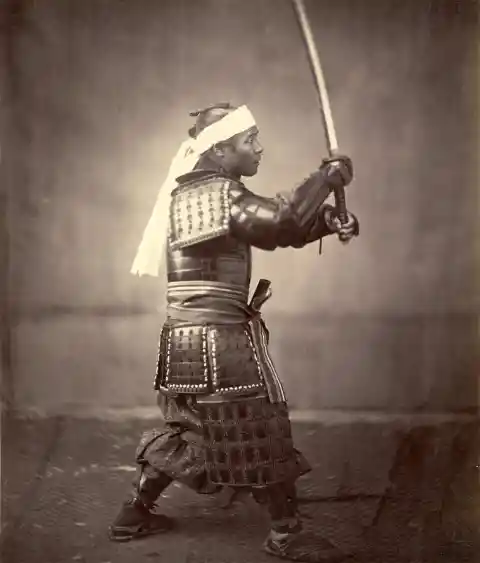

In 10th Century Japan, an elite force of fighters evolved in Kyoto. These fighters were expert swordsmen and well-trained in the Japanese form of martial arts Jujutsu. These fighters became known as Samurai warriors. They had to live by a set of strict rules known as Bushido, which means “the way of the warrior” and earned them the name Bushi. The rules stated that if a Samurai did something dishonorable, like not serving his master’s wishes, he would have to die by his own sword.
The Samurai warriors formed clans and their leader was known as the Shogun. In the 11th and the 12th Century Japan, these clans ruled Japan. There were three main clans: Taira, Minamoto, and the Fujiwara. These clans were further divided into two classes which were the Knight Samurais and the Bushi or Warrior Samurais. They always carried two different types of swords: the Wakizashi, or the short sword, and Katana, the long sword. These swords were of great importance to them as it was said that real Samurais can see their souls in the blades.


It was believed that the Samurai’s goal was to control lands as per the wishes of their Shogun (general). The Samurais fought many great battles, especially in China, but the most remarkable one was during the 13th Century when they fought against the Mongols and defeated emperor Kublai Khan. Samurais were helped Japan to become a huge military power in the 13th Century. Although the Samurai reign has ended many centuries ago, there are still people in Japan that follow the Samurai way of life as they believe that being a Samurai can bring discipline in their lives.